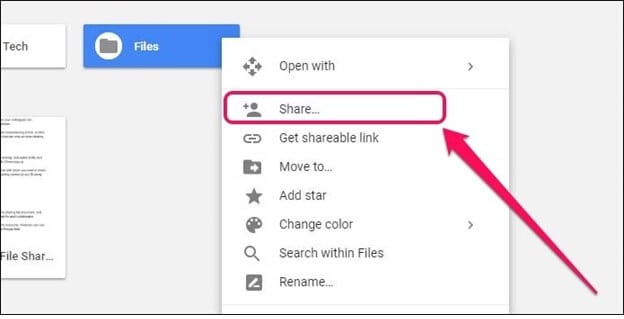How to Secure Your Dog's Essential Paperwork Easily

Ensuring your dog's essential paperwork is secure and organized can save you a lot of stress in the future. Whether it's for travel, vet visits, or simply maintaining a comprehensive record of your pet's health, having all the necessary documents in order is crucial. This guide will walk you through the steps to secure and manage your dog's paperwork effectively.
Understanding the Importance of Dog Paperwork

Before diving into the management, let's understand why your dog's paperwork is so important:
- Health Records: Vaccination records, microchip information, and vet visits are vital for tracking your dog's health history.
- Ownership and Identification: Registration documents, license tags, and microchip details help prove ownership and aid in recovery if your dog gets lost.
- Travel and Boarding: Travel health certificates, rabies certificates, and boarding consent forms are necessary for travel or when boarding your pet.
These documents ensure that your dog can receive timely medical care, participate in community activities, and comply with legal requirements.
Step-by-Step Guide to Secure Your Dog's Paperwork

1. Gather All Existing Documents

Start by collecting all your dog’s existing paperwork:
- Vaccination records
- Microchip certificate
- Registration documents
- Veterinary visit records
- Rabies certificate
2. Organize Your Paperwork

Once you have all the documents, here’s how to organize them:
- Chronologically: Arrange records by date for easy tracking of events.
- By Type: Group similar documents together, like all vaccination records in one section.
- Use a Binder or Filing System: Use a binder with dividers or a filing cabinet to keep documents protected.
3. Digitize Your Records

Securing physical copies is good, but digitizing them provides additional backup:
- Scan or take high-quality photos of each document.
- Save these digital files in multiple formats (PDF, JPG) and in different locations:
- Local storage
- Cloud services like Google Drive or Dropbox
- Name files in a consistent format to help with organization and retrieval.
4. Update Regularly

Make it a routine to update your dog’s records:
- After every vet visit, add new documents or update existing ones.
- Set reminders for vaccinations or health checkups, and update the records post-event.
5. Secure Physical Copies

Physical copies should be stored in a safe place:
- Keep them in a waterproof, fireproof container or safe.
- Store the container in a cool, dry place away from direct sunlight.
🔍 Note: Regularly check your physical storage for signs of deterioration and replace damaged documents.
6. Understand the Legal Requirements

Know the local laws and regulations regarding pet ownership and health:
- Dog Licenses: Some regions require dogs to have licenses, which might need to be renewed annually.
- Microchipping: Many places mandate microchipping for pets, which should be kept current.
- Rabies Vaccination: This is legally required in many areas, and proof might be needed for travel or public activities.
7. Share Access with Trusted Individuals

Give access to this information to:
- Family members
- Vets or pet sitters
- Estate Planning: Consider how your dog’s records will be handled if you are unable to care for them.
8. Prepare for Emergencies

Ensure you have an emergency kit that includes:
- A recent copy of all your dog’s records.
- Contact information for your vet and alternative emergency vets.
- List of current medications and any special needs your dog might have.
🚨 Note: Keep this kit easily accessible and update it regularly.
9. Regularly Review and Secure Online Records

Keep online records secure:
- Use strong, unique passwords for cloud storage accounts.
- Enable two-factor authentication where possible.
- Review and update permissions or access levels for shared documents.
🔒 Note: Secure your digital accounts to prevent unauthorized access to sensitive information.
In summary, by gathering, organizing, digitizing, and regularly updating your dog’s essential paperwork, you create a robust system that ensures you’re prepared for any situation involving your pet. Regular reviews and updates maintain the relevance of this information, providing peace of mind and ensuring your dog’s health, safety, and legal standing are protected.
How often should I update my dog’s records?

+
You should update your dog’s records after each vet visit, vaccination, or significant health event. Regularly review and update annually for any changes or expiration dates on documents.
What should I do if I lose my dog’s microchip certificate?
+Contact the microchip registry where your dog is registered to request a new certificate or updated information. They can also help with any changes to your details.
Is it necessary to keep both physical and digital records?
+Yes, having both physical and digital records provides redundancy, ensuring you have backups in case one form is lost, damaged, or becomes inaccessible.



